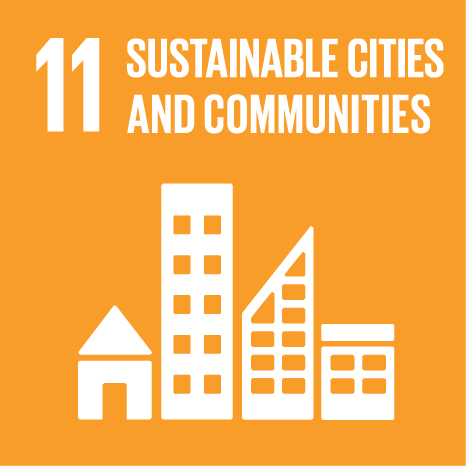Ciência_Iscte
Publications
Publication Detailed Description
From smart growth to European spatial planning: a new paradigm for EU cohesion policy post-2020
RSA Annual Conference 2017 abstracts
Year (definitive publication)
2017
Language
English
Country
United Kingdom
More Information
Web of Science®
Scopus
This publication is not indexed in Scopus
Google Scholar
This publication is not indexed in Google Scholar
This publication is not indexed in Overton
Abstract
Formally initiated in 1989, EU Cohesion Policy as since passed throughout a series of metamorphoses, along its five programming periods, while becoming the most financing EU policy. As its name indicates, its initial goals where earmarked for promoting economic cohesion and social cohesion, following the intensions expressed in the Single European Act. Since then, from a policy strategy intervention point of view, EU Cohesion Policy has shift into a financial tool to promoting investment for growth and jobs. In the meantime, European Spatial Planning, which had its debating pinnacle with the release of the European Spatial Development Perspective, by 1999, has declined in interest and narrowed into a novel notion of Territorial Cohesion. This French notion was finally included into the EU treaty by 2010. Looking back at the implementation process of EU Cohesion Policy and its main impacts, available literature identify a myriad of positive and less-positive aspects. Moreover, these impacts varied within all EU Member States, creating a dual faction: pro and against it. Faced with mounting dilemmas, following from the recent (2016) Brexit process, together with a long-term economic stagnation in Europe and raising euro scepticism, EU Cohesion Policy post-2020 is striving for its survival. Drawing on this critical scenario, EU Cohesion Policy faces several potential paths, from a pure extinction into a soft makeup process. In this challenging context, this article analyses the implementation and main impacts of EU Cohesion Policy and proposes a new strategic paradigm, built around a novel ‘European Spatial Planning’ vision, built around the main pillars and dimensions of territorial development and cohesion. More particularly, we suggest that the current rationale for a smart, sustainable and inclusive growth, could instead fuel an alternative strategic design based on a cohesive and sustainable development vision: green economy, balanced territory, good governance, and social cohesion. In general, many of the positive achievements from the implementation of EU Cohesion Policy (territorial cooperation, social inclusion, environmental protection, transport connectivity, research and development, cities renovation) would remain intact. However, the proposed novel strategic paradigm provides a radical shift in placing the European and Transnational level at the centre of policy design and implementation, by prioritizing large-scale and large-impact trans-European projects, notably by financing renewable forms of energy, trans-European sustainable transport networks, and large-scale renovation and modernization of urban areas.
Acknowledgements
--
Keywords
EU cohesion policy,Territorial cohesion,European spatial planning,Territorial cooperation,Territorial development
Fields of Science and Technology Classification
- Social and Economic Geography - Social Sciences
Contributions to the Sustainable Development Goals of the United Nations
With the objective to increase the research activity directed towards the achievement of the United Nations 2030 Sustainable Development Goals, the possibility of associating scientific publications with the Sustainable Development Goals is now available in Ciência_Iscte. These are the Sustainable Development Goals identified by the author(s) for this publication. For more detailed information on the Sustainable Development Goals, click here.

 Português
Português


